Home>Storage & Organization>Kitchen Organizing Tools>How To Get My Cat To Poop In The Litter Box
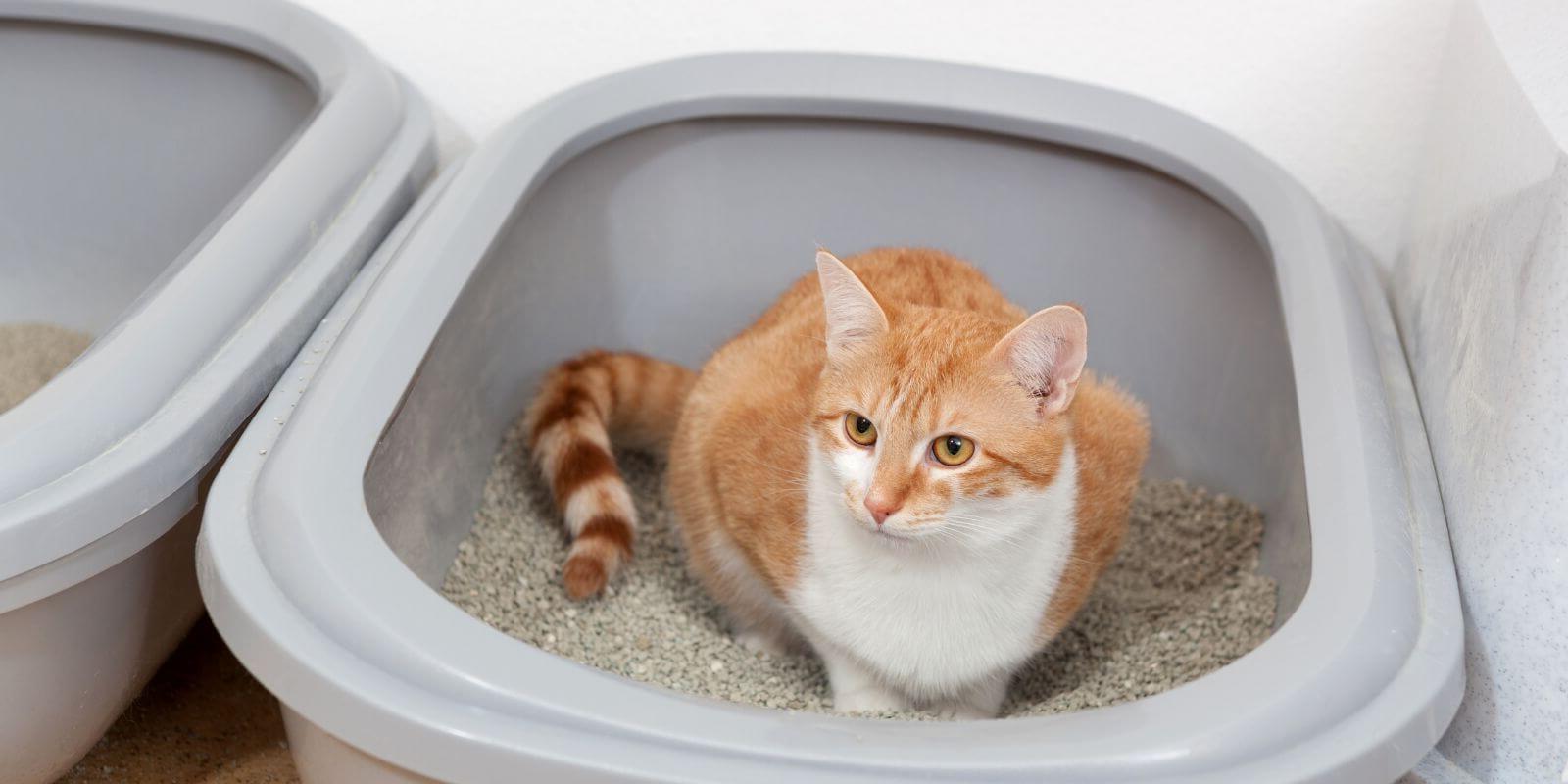

Kitchen Organizing Tools
How To Get My Cat To Poop In The Litter Box
Modified: August 27, 2024
Discover the best kitchen organizing tools to keep your space tidy and efficient. Find everything you need to declutter and optimize your kitchen.
(Many of the links in this article redirect to a specific reviewed product. Your purchase of these products through affiliate links helps to generate commission for Storables.com, at no extra cost. Learn more)
Introduction
Ensuring that your cat consistently uses the litter box is a crucial aspect of maintaining a harmonious and hygienic living environment. However, many cat owners encounter challenges in this area, leading to frustration and concern. In this comprehensive guide, we will delve into the various factors that can influence your cat's litter box habits and provide practical strategies to encourage positive behavior.
Cats are known for their fastidious nature, and their aversion to using the litter box can stem from a variety of reasons. By gaining a deeper understanding of your feline companion's behavior and preferences, you can take proactive steps to address any issues that may be hindering their litter box usage.
Throughout this guide, we will explore the significance of selecting the right litter box, the optimal placement of the box within your home, and the importance of maintaining a clean and inviting environment for your cat. Additionally, we will discuss the potential impact of medical conditions on your cat's litter box habits and how positive reinforcement techniques can be employed to encourage desired behavior.
By equipping yourself with the knowledge and tools presented in this guide, you will be empowered to create a conducive environment that encourages your cat to consistently use the litter box. In instances where challenges persist, we will also explore the option of seeking professional assistance to address any underlying issues that may be contributing to your cat's reluctance to use the litter box.
Join us on this insightful journey as we unravel the mysteries behind your cat's litter box behavior and embark on a mission to foster a positive and successful litter box experience for both you and your feline companion.
Key Takeaways:
- Ensure your cat’s litter box habits by choosing the right litter box size, type, and location. Keep it clean and consider medical issues. Positive reinforcement and seeking professional help can also make a difference.
- Understand your cat’s behavior to address litter box issues. Choose the right litter box and location, keep it clean, and consider medical issues. Use positive reinforcement and seek professional help if needed.
Understanding Your Cat's Behavior
Understanding your cat's behavior is fundamental to addressing any issues related to litter box usage. Cats are known for their unique personalities and behaviors, and their preferences can vary widely from one feline companion to another. By gaining insight into your cat's behavior, you can identify potential factors that may be influencing their litter box habits.
Cats are inherently clean animals, and they are naturally inclined to bury their waste. This instinct stems from their wild ancestors, who relied on this behavior to avoid attracting predators. However, domestic cats may exhibit aversion to the litter box for a variety of reasons. Stress, anxiety, territorial issues, and changes in their environment can all contribute to a cat's reluctance to use the litter box consistently.
Additionally, cats are highly sensitive to their surroundings, and they may express their discomfort or displeasure through their behavior. If a cat perceives the litter box as unclean or undesirable, they may seek alternative locations to relieve themselves. Understanding your cat's body language and vocal cues can provide valuable insights into their emotional state and any potential sources of distress.
Furthermore, the presence of other pets in the household can impact a cat's litter box behavior. Competition for resources, territorial disputes, or intimidation from other animals can create stress and anxiety for your cat, leading to changes in their litter box habits.
By observing your cat's behavior and interactions within the home, you can gain a deeper understanding of their preferences and potential triggers that may be influencing their litter box behavior. This awareness forms the foundation for implementing targeted strategies to address any underlying issues and create a more conducive environment for your cat.
In the subsequent sections, we will explore practical steps to address these behavioral considerations and create an environment that promotes positive litter box habits for your feline companion. Through patience, understanding, and a proactive approach, you can work towards fostering a harmonious and stress-free litter box experience for both you and your cat.
Choosing the Right Litter Box
Selecting the right litter box is a crucial step in promoting consistent litter box usage for your cat. With a myriad of options available in the market, it's essential to consider your cat's preferences and specific needs when choosing the ideal litter box.
-
Size and Accessibility: The size of the litter box is a key consideration. It should be spacious enough to accommodate your cat comfortably, allowing them to move around and assume their preferred posture for elimination. Additionally, consider the accessibility of the litter box, especially for kittens, senior cats, or those with mobility issues. Opt for a box with low entry points or a ramp to facilitate easy entry and exit.
-
Type of Litter: Different cats have varying preferences when it comes to the type of litter they prefer. Some cats may favor clumping litter, while others may show a preference for non-clumping or silica-based litter. Experimenting with different types of litter can help you identify your cat's preferences and ensure they are comfortable using the litter box.
-
Hooded vs. Open Litter Boxes: Hooded litter boxes provide privacy and can help contain odors, making them an attractive option for some cats. However, other cats may feel confined or uneasy in a hooded box. Observing your cat's behavior and comfort level can guide your decision on whether to opt for a hooded or open litter box.
-
Number of Litter Boxes: In multi-cat households, the general rule of thumb is to have one litter box per cat, plus an additional box. This ensures that each cat has access to a designated elimination area, reducing the likelihood of territorial disputes or competition over the litter box.
-
Location and Placement: The placement of the litter box is as important as the box itself. Choose quiet and easily accessible locations, away from high-traffic areas and noisy appliances. Cats appreciate privacy and may feel reluctant to use a litter box placed in a busy or intimidating environment.
-
Ease of Cleaning: Opt for a litter box that is easy to clean and maintain. Consider features such as removable liners, smooth surfaces for effortless scooping, and odor-controlling properties to create a hygienic and inviting space for your cat.
By carefully considering these factors and observing your cat's behavior and preferences, you can select a litter box that aligns with your cat's needs, promoting a positive and consistent litter box experience. Remember, the right litter box can play a pivotal role in encouraging your cat to embrace regular and stress-free litter box habits.
Placing the Litter Box in the Right Location
The placement of the litter box is a critical factor that significantly influences your cat's willingness to use it consistently. Cats are creatures of habit and are sensitive to their environment, making the location of the litter box a key consideration in promoting positive litter box habits.
Privacy and Accessibility: When selecting a location for the litter box, prioritize areas that offer privacy and seclusion. Cats value their privacy when eliminating, and a quiet, low-traffic location can instill a sense of security, encouraging them to use the litter box without hesitation. Avoid placing the litter box in areas with high foot traffic or where other pets may disrupt your cat's elimination routine.
Multiple Access Points: In multi-level homes, it's beneficial to provide litter box access on each floor. This accessibility ensures that your cat can easily reach a litter box regardless of their location within the home. Additionally, having multiple litter boxes distributed throughout the house can reduce the likelihood of territorial conflicts and provide convenient options for your cat.
Away from Noisy or Startling Elements: Cats are sensitive to sudden noises and disruptions, and such elements can deter them from using the litter box. Avoid placing the litter box near loud appliances, such as washing machines, dryers, or heating systems, as the noise and vibrations can create an intimidating environment for your cat. Similarly, ensure that the litter box is not positioned near doors that frequently slam or in areas with high levels of commotion.
Natural Light and Ventilation: While privacy is essential, it's also beneficial to place the litter box in a well-lit area with adequate ventilation. Natural light can create a welcoming atmosphere, and proper ventilation helps prevent the accumulation of odors, ensuring a fresh and inviting environment for your cat.
Consistency and Accessibility: Once you have identified an ideal location for the litter box, strive to maintain consistency in its placement. Cats thrive on routine, and relocating the litter box frequently can cause confusion and reluctance to use it. Additionally, ensure that the litter box is easily accessible to your cat at all times, especially during the night when they may need to relieve themselves.
By thoughtfully considering these factors and observing your cat's behavior, you can identify the optimal location for the litter box within your home. Creating a comfortable, secluded, and easily accessible space for your cat's litter box can significantly contribute to fostering positive litter box habits and a harmonious living environment for both you and your feline companion.
Keeping the Litter Box Clean
Maintaining a clean litter box is paramount to ensuring your cat's consistent and stress-free litter box usage. A pristine litter box not only promotes good hygiene but also plays a pivotal role in addressing your cat's preferences and comfort. By implementing a regular cleaning routine and adhering to best practices, you can create an inviting and sanitary environment that encourages your cat to use the litter box without hesitation.
Regular Scooping
Frequent scooping is essential to prevent the accumulation of waste in the litter box. Aim to scoop the litter box at least once a day, removing any clumps and solid waste promptly. This practice not only keeps the litter box clean but also helps control odors, creating a more pleasant environment for your cat.
Complete Litter Replacement
In addition to daily scooping, periodic complete litter replacement is necessary to maintain hygiene. The frequency of complete litter changes may vary based on the type of litter used and the number of cats in the household. As a general guideline, consider replacing the entire litter and thoroughly cleaning the box every 2-4 weeks. This process involves emptying the litter, washing the box with mild soap, and refilling it with fresh litter.
Odor Control
Utilize odor-controlling litter or additives to minimize unpleasant smells emanating from the litter box. Additionally, incorporating baking soda into the litter can help neutralize odors effectively. Regularly refreshing the litter and maintaining a clean box significantly contributes to odor control, creating a more inviting space for your cat.
Cleaning the Litter Box Area
Beyond the litter box itself, it's essential to keep the surrounding area clean. Accidental spills, scattered litter, or tracked waste should be promptly cleaned to maintain a hygienic environment. Regularly wiping down the area around the litter box and vacuuming any stray litter particles can help uphold cleanliness and prevent potential aversion from your cat.
Observation and Adjustment
Observe your cat's response to the cleanliness of the litter box. If you notice any reluctance or avoidance, consider adjusting your cleaning routine or exploring alternative litter options. Cats are highly attuned to their environment, and their behavior can provide valuable insights into their comfort level with the litter box cleanliness.
By prioritizing cleanliness and implementing a diligent maintenance routine, you can create a welcoming and hygienic space that encourages your cat to use the litter box consistently. A clean litter box not only promotes your cat's well-being but also fosters a positive and harmonious relationship between you and your feline companion.
Addressing Medical Issues
Addressing potential medical issues is a crucial aspect of understanding and resolving your cat's litter box problems. Cats may exhibit changes in their litter box behavior due to underlying health concerns, making it essential to be vigilant and proactive in addressing any medical issues that may be impacting your cat's elimination habits.
Several medical conditions can contribute to changes in a cat's litter box behavior, including urinary tract infections, bladder stones, kidney disease, and gastrointestinal disorders. These conditions can cause discomfort, pain, or increased urgency to urinate or defecate, leading to aversion to the litter box or accidents outside the box.
Observing your cat for signs of distress or discomfort during elimination, such as vocalization, straining, or frequent visits to the litter box, can provide valuable clues about potential medical issues. Additionally, changes in the appearance, frequency, or odor of your cat's urine or feces can indicate underlying health concerns that require prompt attention.
If you notice any abnormalities in your cat's litter box behavior or elimination patterns, it is imperative to seek veterinary care promptly. A thorough physical examination, along with diagnostic tests such as urinalysis, blood work, and imaging studies, can help identify and address any medical conditions affecting your cat's urinary or gastrointestinal health.
Upon receiving a diagnosis, your veterinarian will recommend an appropriate treatment plan tailored to your cat's specific condition. This may include medication, dietary adjustments, or supportive care to alleviate discomfort and promote recovery. By addressing medical issues promptly, you can alleviate your cat's discomfort and restore their confidence in using the litter box consistently.
In some cases, cats may develop aversions to the litter box due to painful associations with previous elimination experiences related to medical issues. Even after receiving treatment, your cat may continue to avoid the litter box out of fear or negative associations. In such instances, it is essential to provide a supportive and reassuring environment, along with positive reinforcement, to help your cat regain confidence in using the litter box.
By remaining vigilant and proactive in addressing potential medical issues, you can safeguard your cat's well-being and ensure that any health concerns impacting their litter box behavior are promptly identified and managed. A collaborative approach with your veterinarian is essential in addressing medical issues and creating a conducive environment that supports your cat's physical and emotional well-being.
Using Positive Reinforcement
Positive reinforcement is a powerful tool for shaping your cat's behavior and fostering positive associations with the litter box. By employing positive reinforcement techniques, you can encourage and reward desired litter box habits, creating a conducive environment that motivates your cat to consistently use the litter box.
Reward-Based Training
Implementing a reward-based training approach involves offering incentives to your cat for using the litter box appropriately. When your cat eliminates in the litter box, promptly provide a reward in the form of verbal praise, gentle petting, or small treats. This immediate positive reinforcement helps your cat associate the act of using the litter box with a pleasant and rewarding experience, reinforcing the desired behavior.
Read more: Why My Cat Won’t Poop In The Litter Box
Consistency and Patience
Consistency is key when using positive reinforcement to encourage litter box usage. Establish a consistent routine for rewarding your cat each time they use the litter box correctly. Over time, this consistent reinforcement helps solidify the association between the litter box and positive experiences, reinforcing your cat's inclination to continue using the designated elimination area.
Avoid Punishment
It's important to avoid using punishment or negative reinforcement in response to litter box accidents or reluctance. Punishment can create fear, anxiety, and aversion, leading to further litter box avoidance or stress-related behaviors. Instead, focus on redirecting your cat's behavior through positive reinforcement, patience, and understanding.
Environmental Enrichment
Incorporating environmental enrichment and interactive play sessions can contribute to reducing stress and anxiety, promoting overall well-being, and positively impacting your cat's litter box habits. Engaging your cat in stimulating activities and providing environmental enrichment can help alleviate potential sources of stress, creating a more relaxed and confident mindset conducive to using the litter box.
Creating a Positive Environment
Ensure that the area surrounding the litter box remains calm, inviting, and free from potential stressors. By maintaining a peaceful and reassuring environment, you can support your cat's comfort and confidence in using the litter box. Additionally, consider placing familiar toys or comforting items near the litter box to further enhance the positive associations with the designated elimination area.
By integrating positive reinforcement techniques into your cat's routine and environment, you can play a pivotal role in promoting consistent and stress-free litter box habits. Through patience, consistency, and a nurturing approach, you can create a positive and supportive environment that encourages your cat to embrace the litter box as a comfortable and preferred elimination space.
Seeking Professional Help
In some instances, despite diligent efforts and proactive measures, cats may continue to exhibit persistent aversion to using the litter box. When faced with ongoing challenges related to your cat's litter box behavior, seeking professional help from a veterinarian or a certified animal behaviorist can provide valuable insights and tailored solutions to address the underlying issues.
Veterinary Evaluation: If your cat's reluctance to use the litter box persists despite environmental adjustments and behavioral interventions, it is essential to schedule a comprehensive veterinary evaluation. A thorough physical examination, along with diagnostic tests, can help identify any potential medical conditions or underlying health concerns that may be contributing to your cat's litter box aversion. By collaborating with a veterinarian, you can ensure that any medical issues impacting your cat's elimination habits are promptly diagnosed and addressed.
Behavioral Consultation: Certified animal behaviorists possess specialized knowledge and expertise in understanding feline behavior and addressing complex behavioral challenges. Seeking a behavioral consultation can provide personalized strategies and behavior modification techniques tailored to your cat's specific needs. A behaviorist can conduct a thorough assessment of your cat's environment, interactions, and behavioral triggers, offering targeted recommendations to promote positive litter box habits and alleviate any underlying stress or anxiety.
Collaborative Approach: Professional assistance offers the advantage of a collaborative approach, where both medical and behavioral aspects are considered comprehensively. By working closely with both your veterinarian and a certified behaviorist, you can benefit from a holistic evaluation of your cat's litter box behavior, encompassing potential medical issues, environmental factors, and behavioral dynamics. This collaborative approach enables the development of a cohesive and multifaceted intervention plan to address your cat's litter box challenges effectively.
Tailored Solutions: Professional help provides access to tailored solutions and individualized support based on your cat's unique circumstances. Whether it involves medical treatment, behavior modification techniques, environmental modifications, or a combination of approaches, the expertise of veterinary professionals and behaviorists can guide you in implementing targeted strategies to address your cat's litter box aversion comprehensively.
By seeking professional help, you demonstrate a commitment to understanding and addressing your cat's litter box challenges with the guidance of experienced professionals. This proactive approach can lead to valuable insights, effective interventions, and ultimately, a positive transformation in your cat's litter box behavior, fostering a harmonious and stress-free environment for both you and your feline companion.
Frequently Asked Questions about How To Get My Cat To Poop In The Litter Box
Was this page helpful?
At Storables.com, we guarantee accurate and reliable information. Our content, validated by Expert Board Contributors, is crafted following stringent Editorial Policies. We're committed to providing you with well-researched, expert-backed insights for all your informational needs.
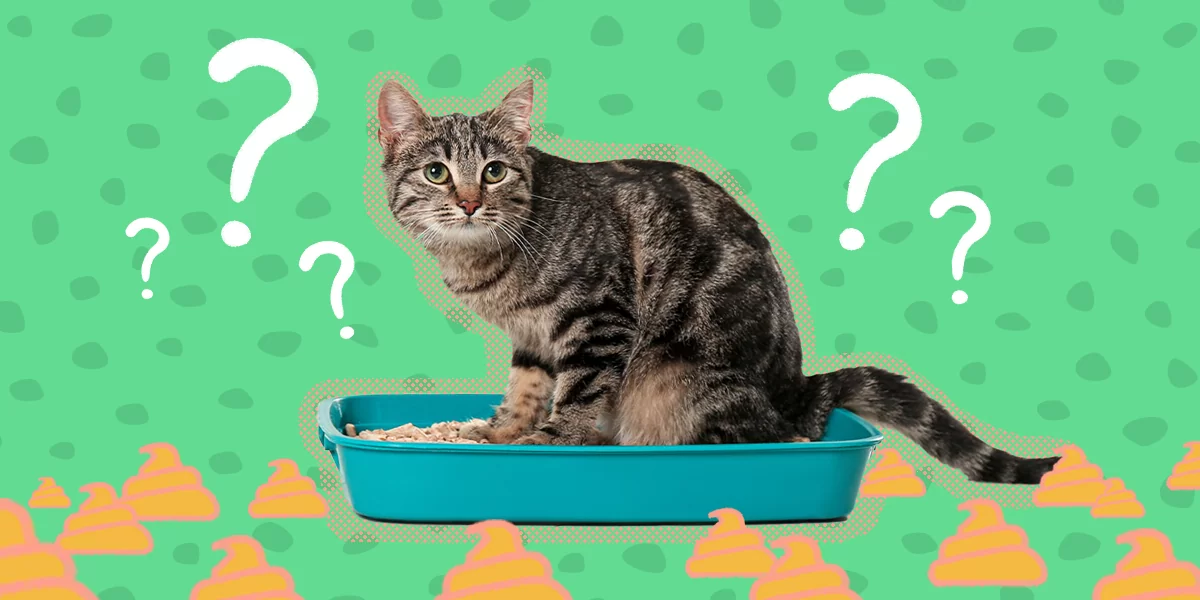
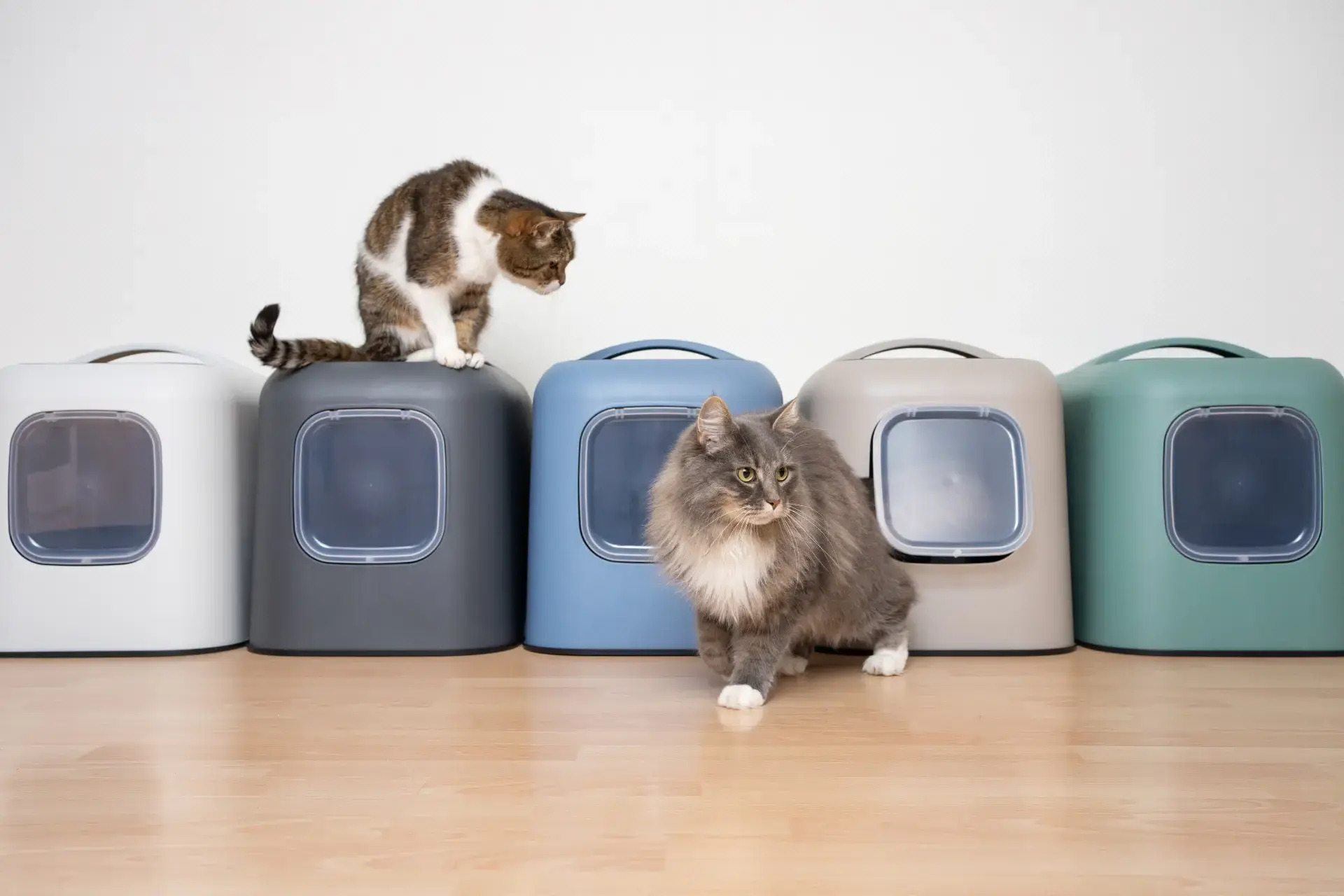
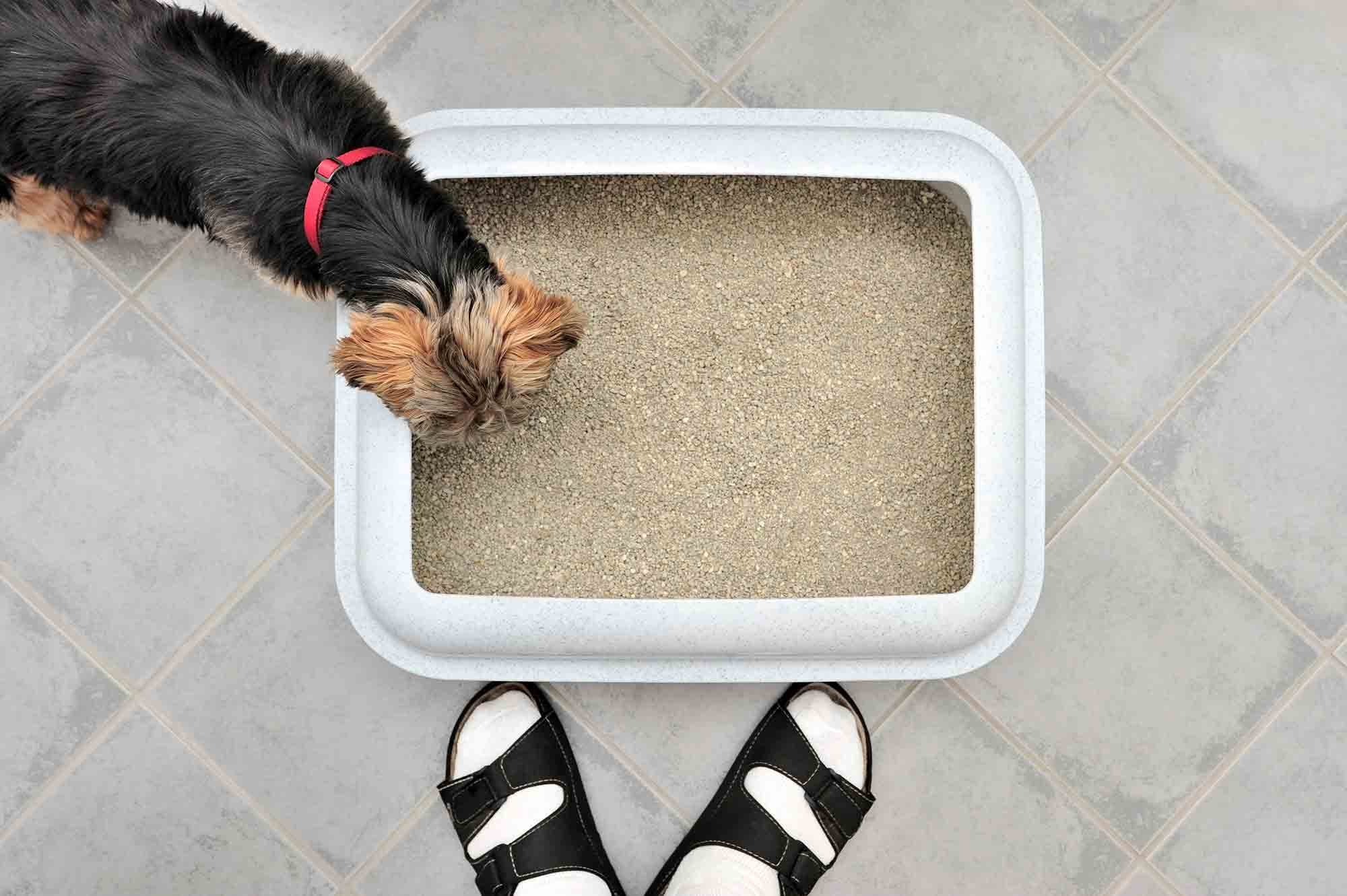
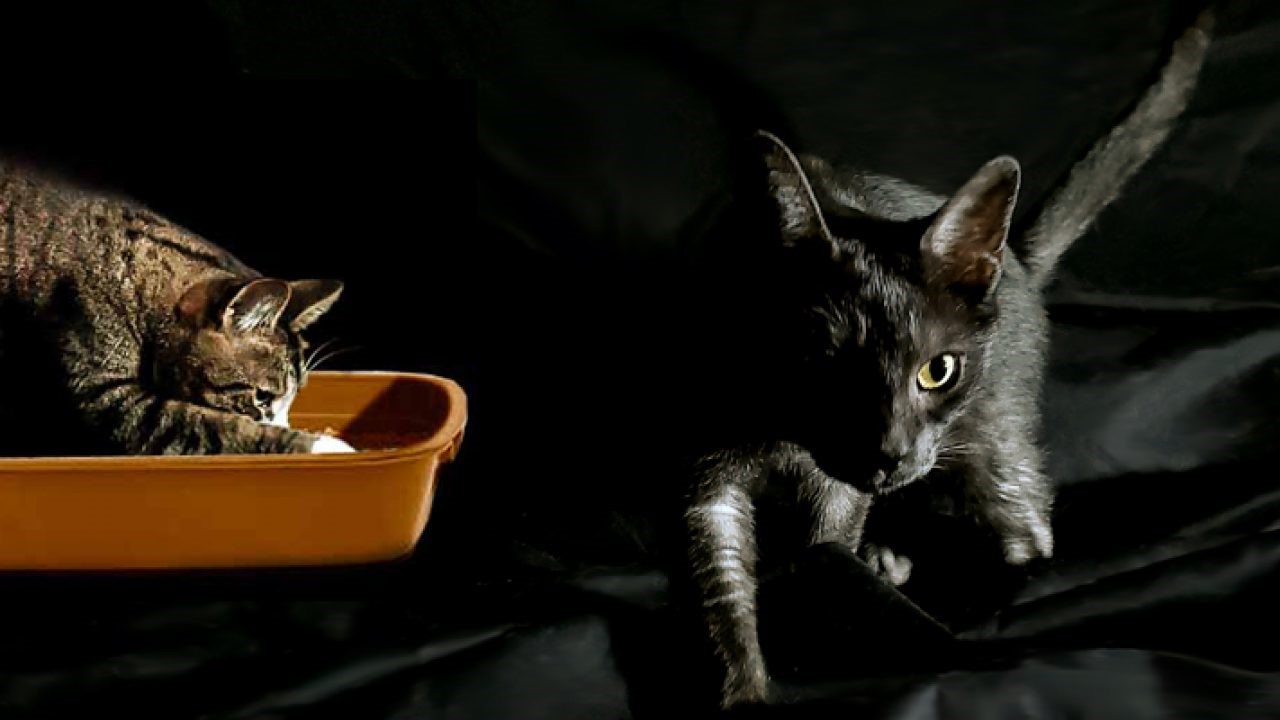
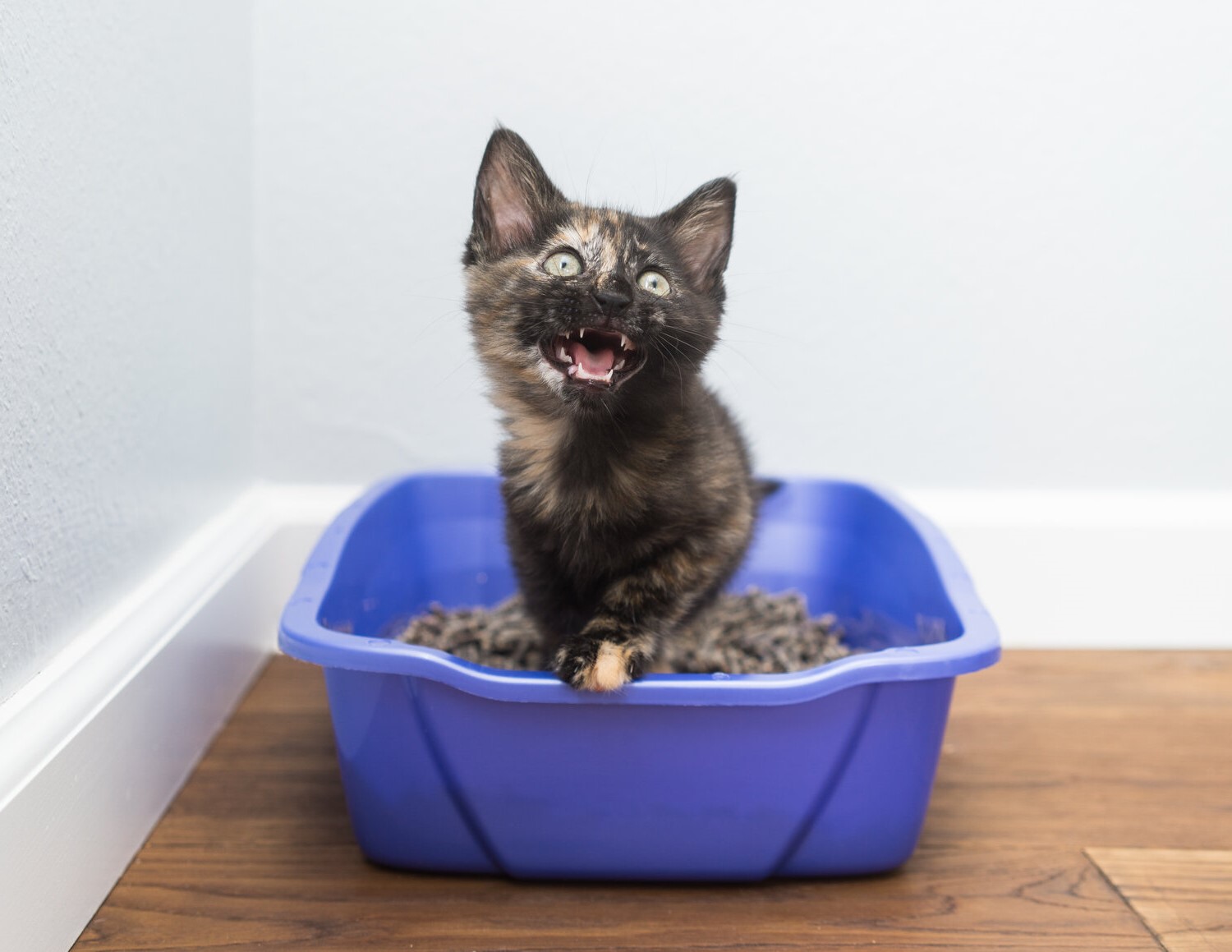
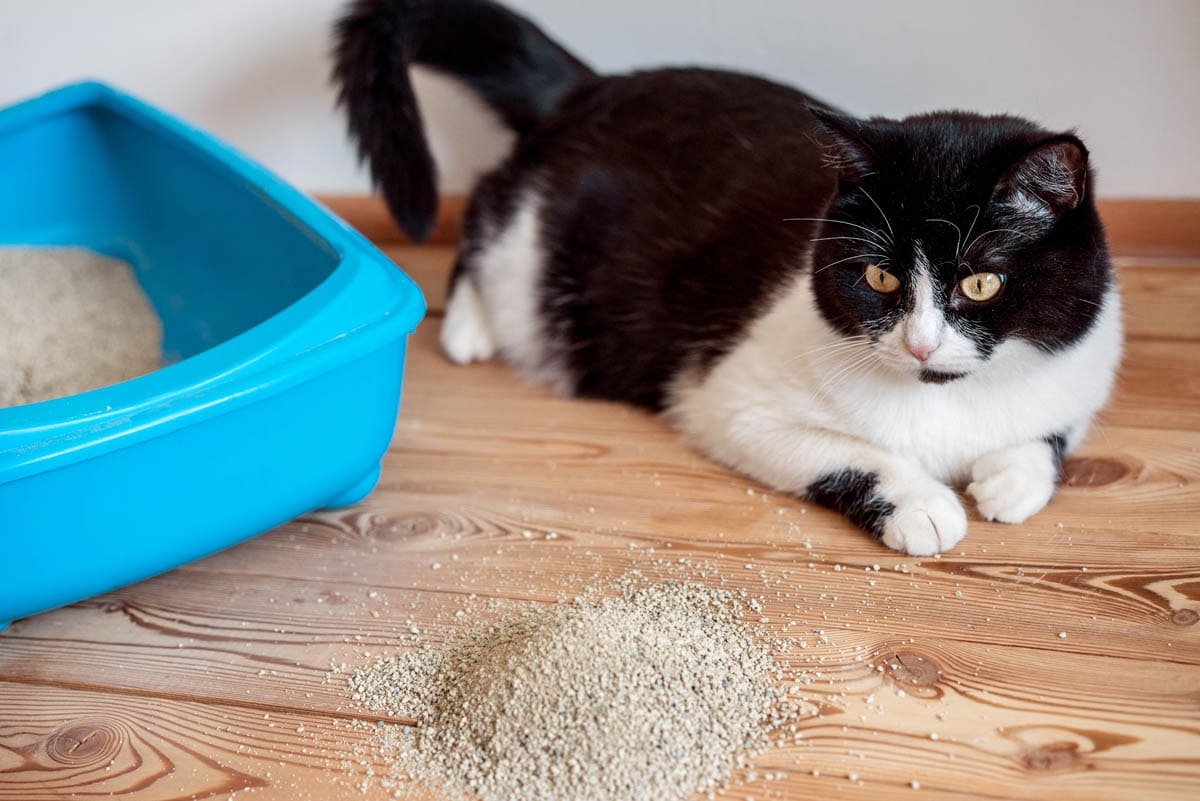
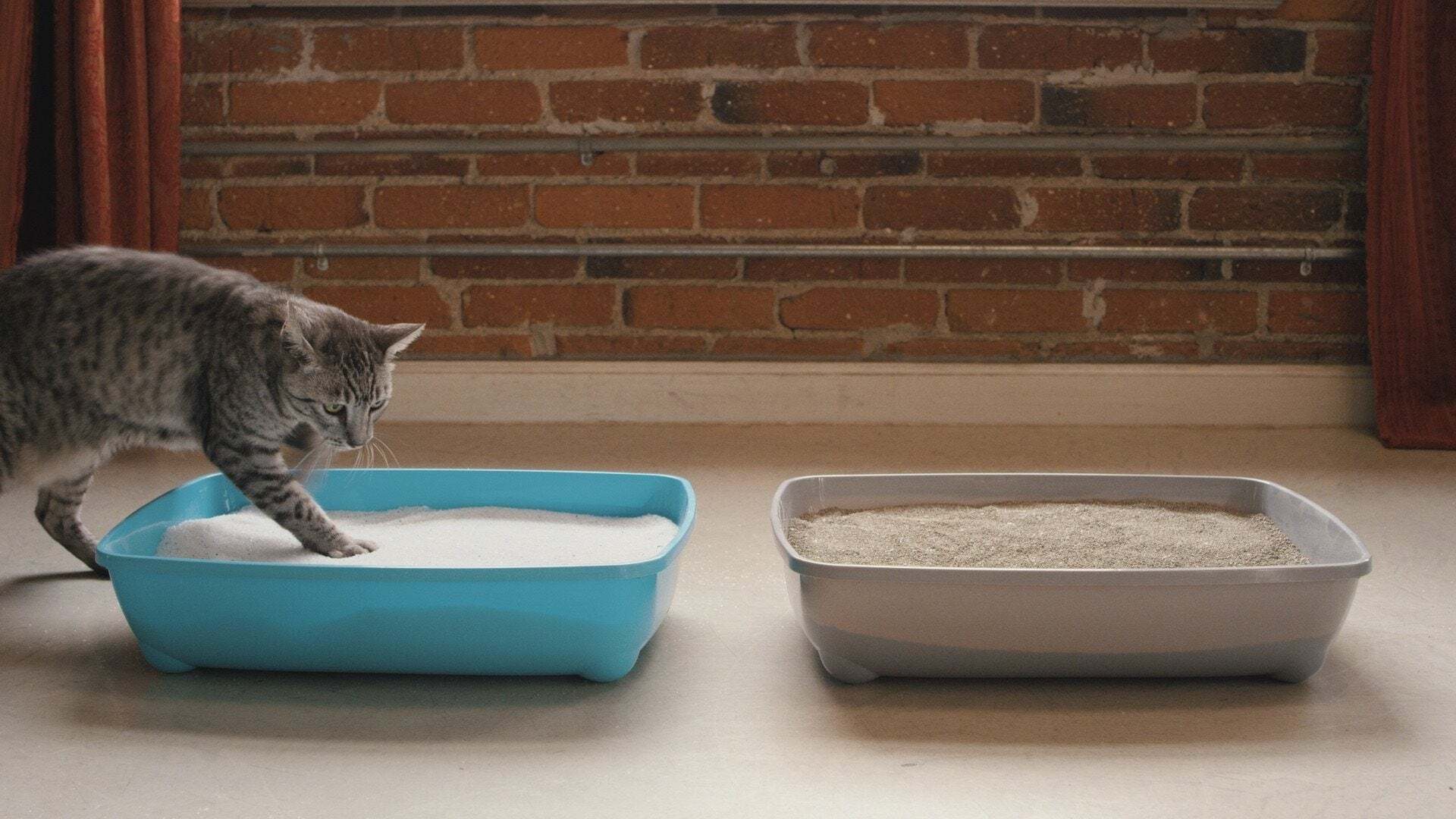
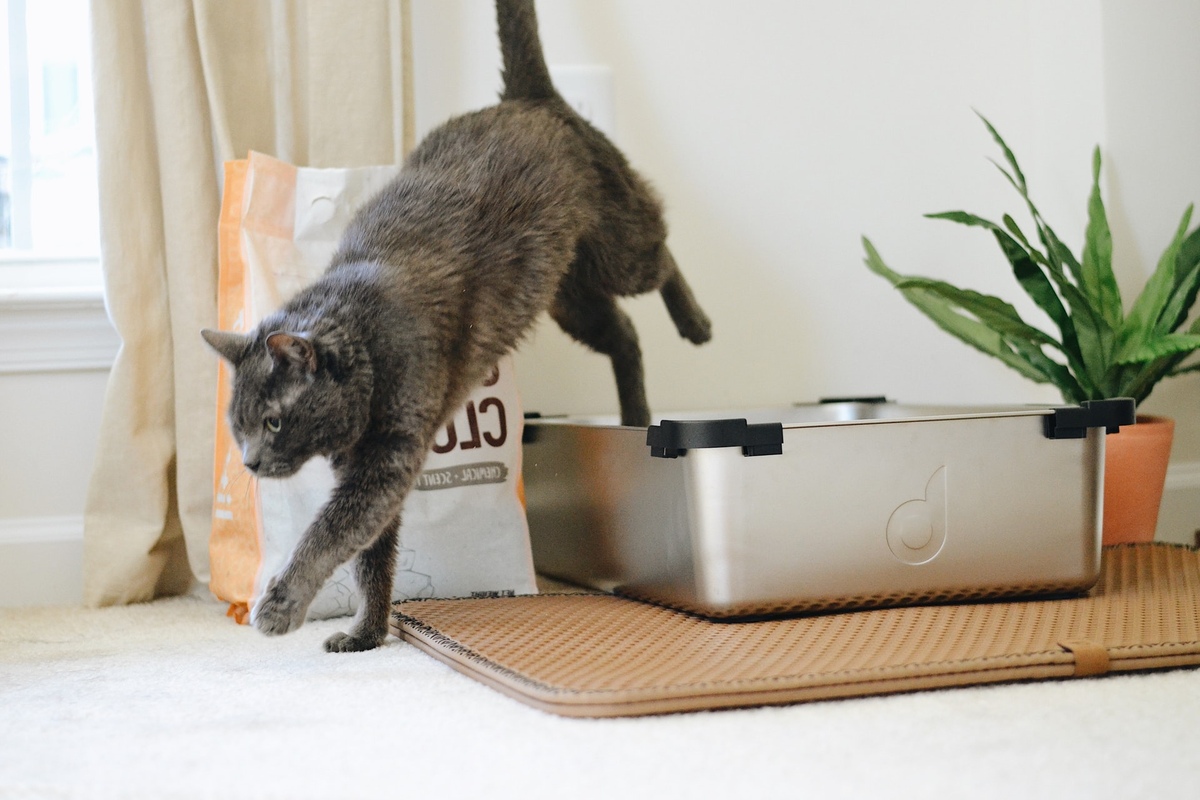
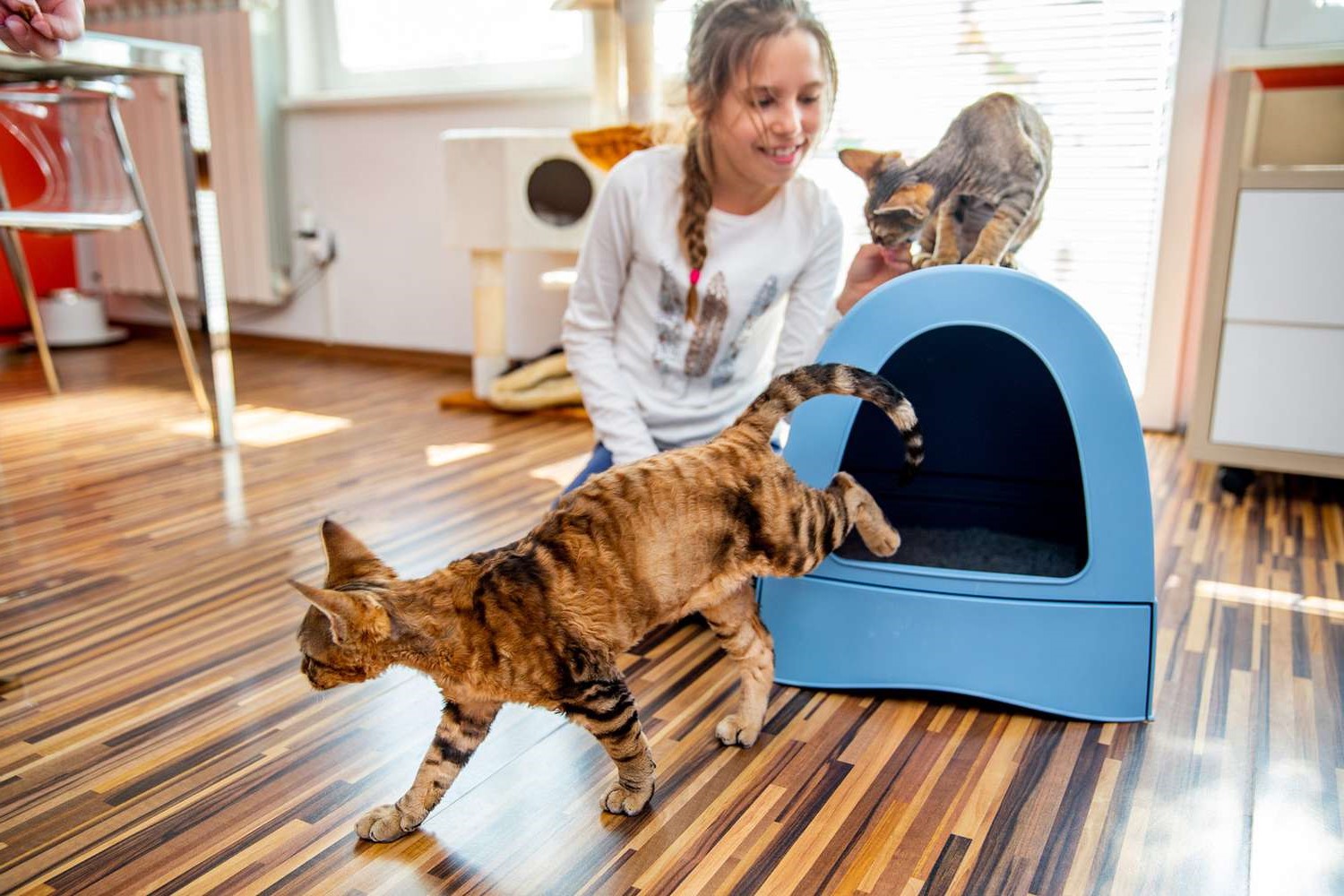
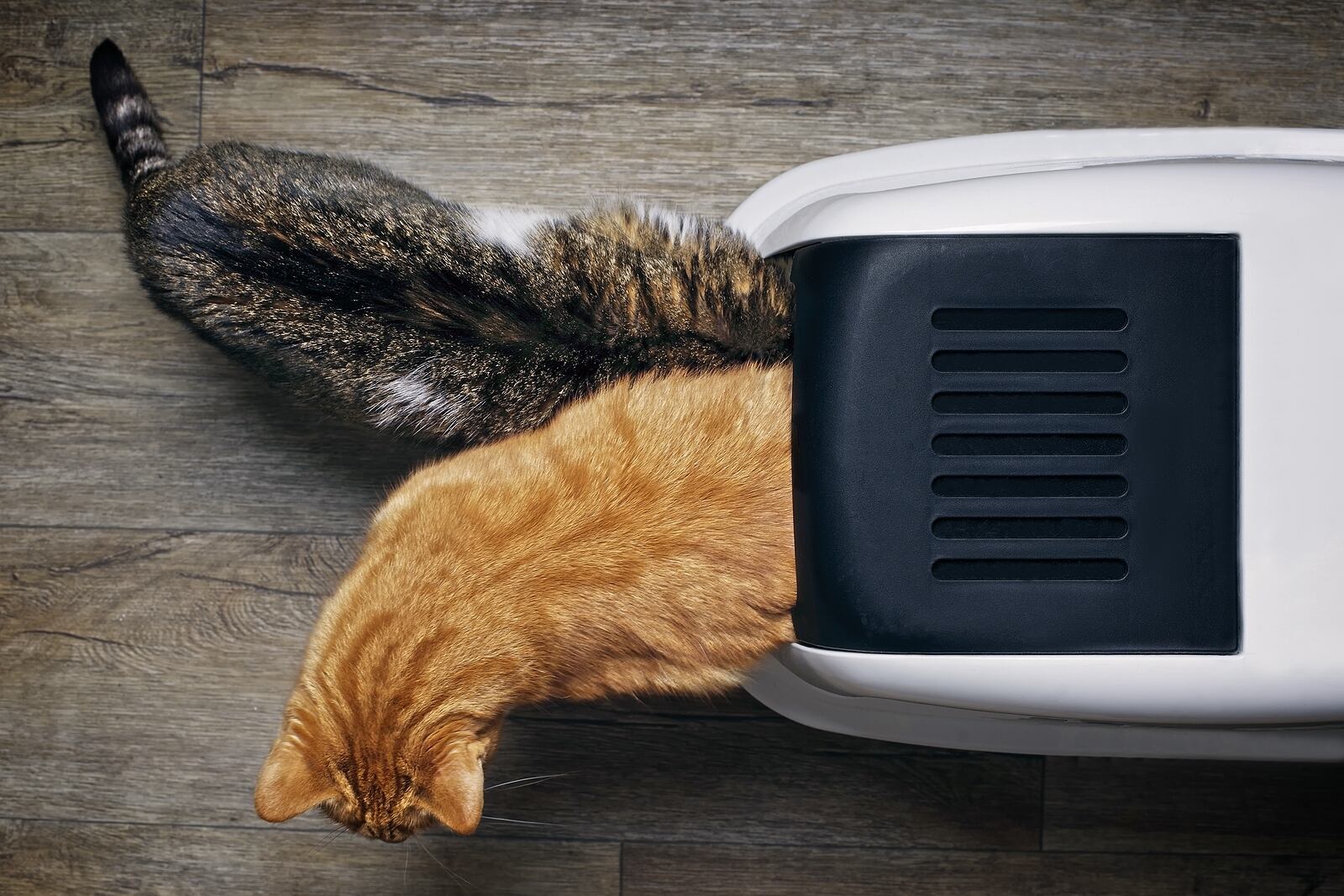
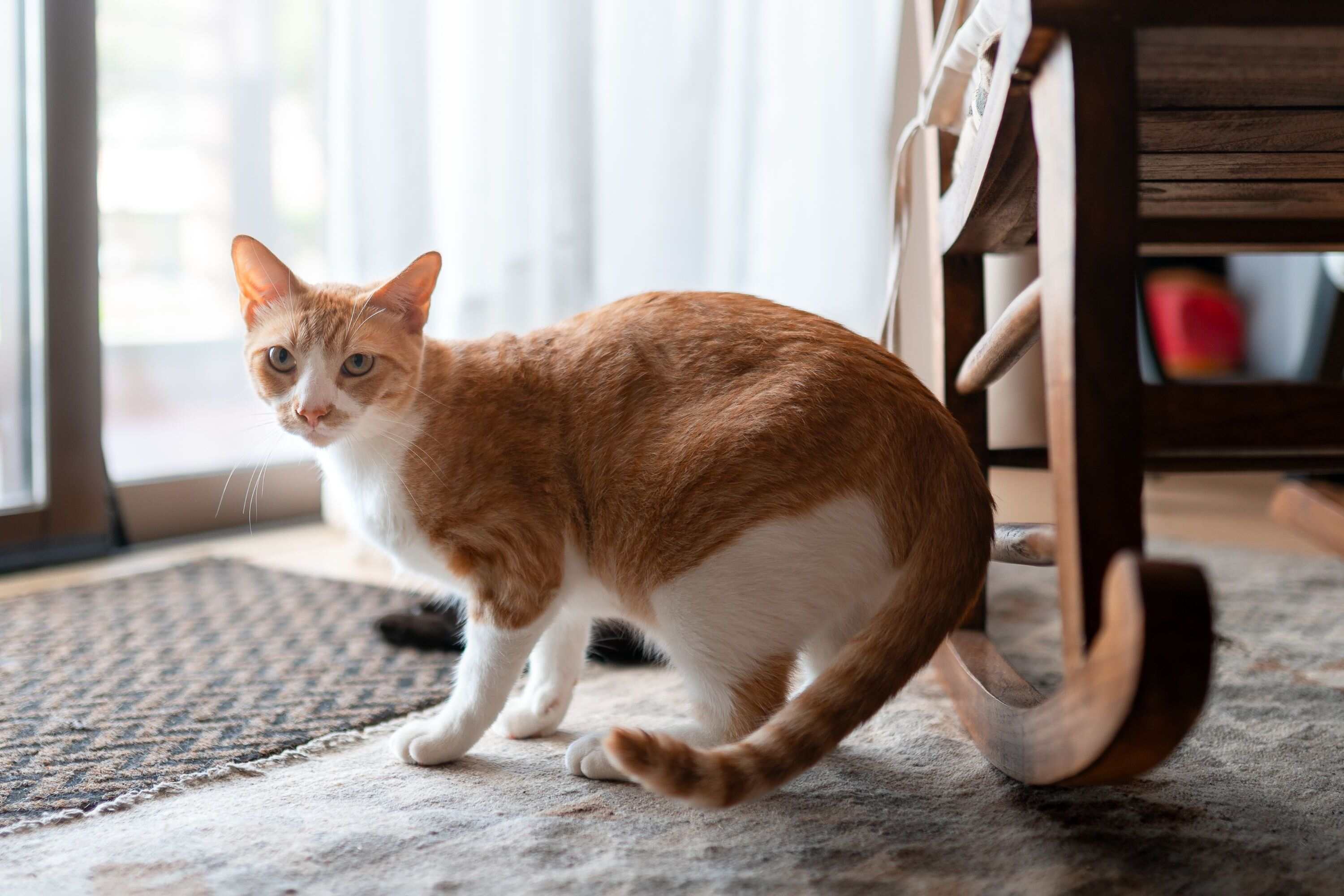

0 thoughts on “How To Get My Cat To Poop In The Litter Box”